When our beloved feline companions sense their time is drawing near, they often display subtle yet profound signs of farewell. These moments of goodbye are heartbreaking to witness, yet understanding them allows us to provide the comfort and love our cats need during their most vulnerable time. The bond between cats and their humans runs deep, though cats express their emotions differently than we might expect.
Recognizing these signs isn’t about giving up hope. Sometimes these behaviors signal treatable conditions that can extend quality of life. Still, when the inevitable time comes, being aware of these farewell gestures helps us honor our cats’ final wishes while ensuring their journey to the rainbow bridge is filled with peace and dignity.
Seeking Solitude in Unusual Places
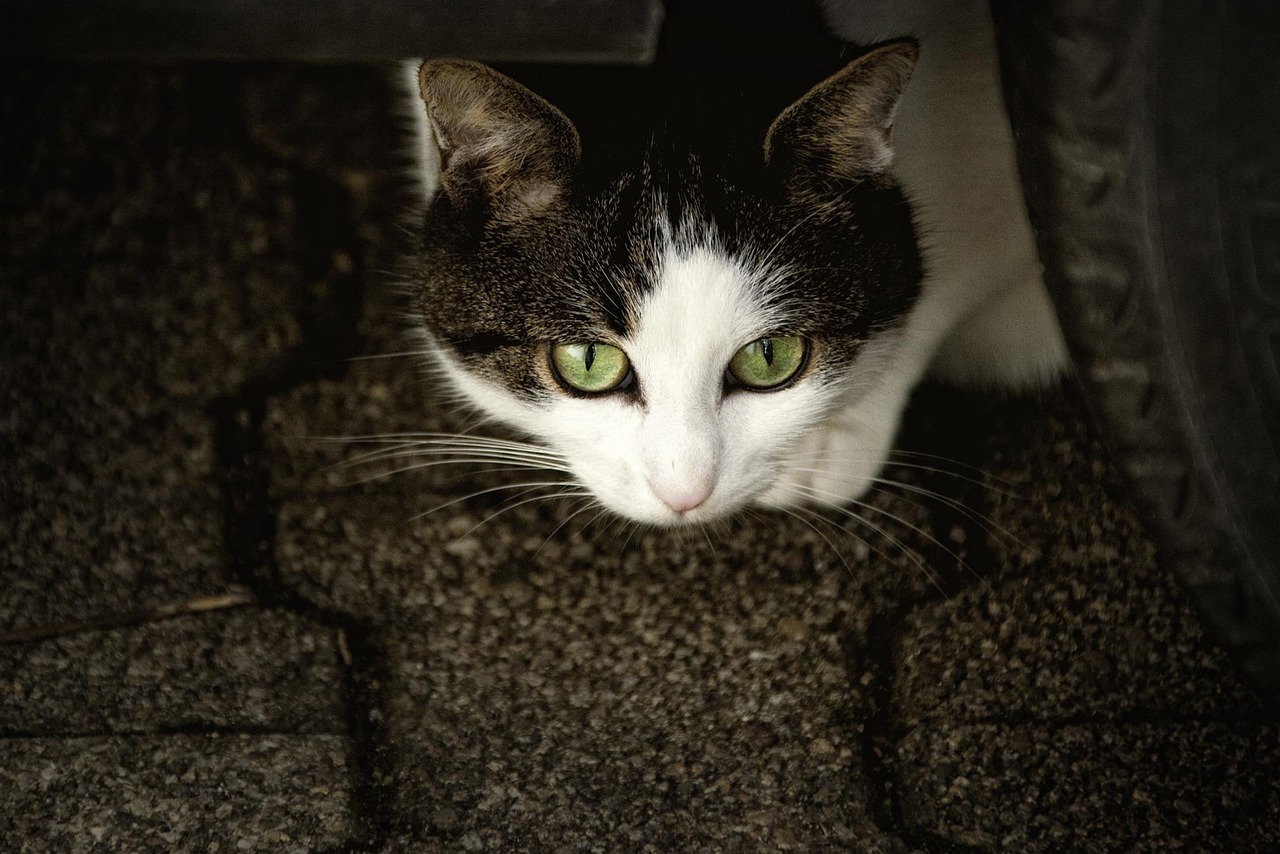
Perhaps the most universally recognized sign of a cat saying goodbye is their sudden desire to retreat into hiding spots. Cats may begin hiding or seeking solitude in unusual places, showing behavioral changes such as hiding away in isolated places. This isn’t rejection of your love, but rather an ancient survival instinct awakening.
In the wild cat has to protect himself from many predators. A sick, weak, and less active animal is an easy predator target. In the wild, a dying cat provides easy pickings for hungry hunters. Weak, slow, and disoriented, it is unable to put up much of a fight against predators. So, the instinct is to find a safe area to pass peacefully in solitude.
You might discover your cat tucked away behind furniture, in closets, or under beds where they’ve never shown interest before. Cats may seek out secluded spots in the home, such as closets, under beds, or behind furniture, to hide away from their human companions. This behavior allows them to retreat to a quiet and safe space where they can be alone in their final moments. Even the most social cats may suddenly prefer solitude, choosing peace over interaction.
Changes in Vocalization Patterns
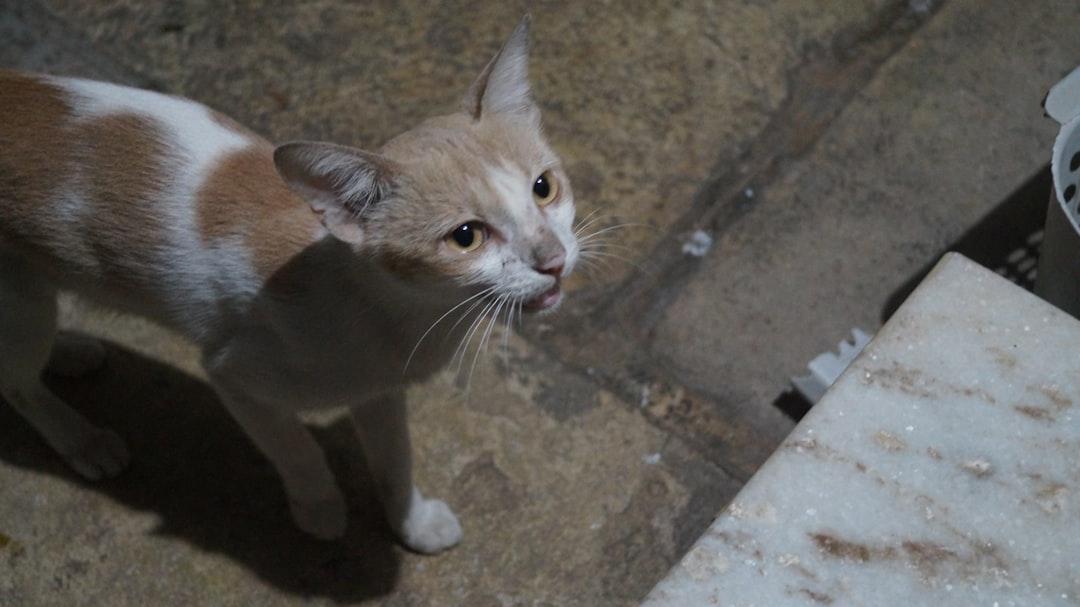
Occasionally, cats that are dying may become suddenly, loudly, and unexpectedly vocal. These sounds might include yowling, meowing, or whining and might be a sign of pain or distress. Some cats who rarely spoke before might become surprisingly talkative, while chatty cats may fall silent.
The quality of their meows often changes too, becoming deeper, more urgent, or strangely hollow. Changes in vocalization (e.g., yowling, meowing excessively, or silence) represent their attempt to communicate something profound that words cannot capture. Night vocalizations are particularly common, as confused cats might call out during their most disoriented moments.
This vocal shift can be particularly heartbreaking because it feels like they’re trying to tell us something important. Whether it’s a cry for comfort, an expression of confusion, or simply their way of processing what’s happening to them, these vocal changes deserve our gentle attention and response.
Loss of Interest in Food and Water

A noticeable disinterest in eating or drinking is often one of the first signs of serious decline. If your cat has stopped eating entirely or is refusing water, it’s a clear sign that something is wrong. Even their favorite treats might lose their appeal completely.
This isn’t stubbornness but a natural response as their body begins to shut down. Cats who are nearing the end of their lives may lose interest in food and water. This decrease in appetite is a natural response to the body shutting down and preparing for death. They might approach their food bowl out of habit, sniff, and walk away without taking a single bite.
Water consumption changes dramatically too. Some cats might drink excessively while others barely touch their water bowl. Refusing favorite treats or showing minimal interest in meals they once eagerly anticipated. Drinking significantly more or less water than usual, sometimes struggling to reach water bowls. These shifts in basic survival needs signal that their priorities have fundamentally changed.
Extreme Lethargy and Weakness
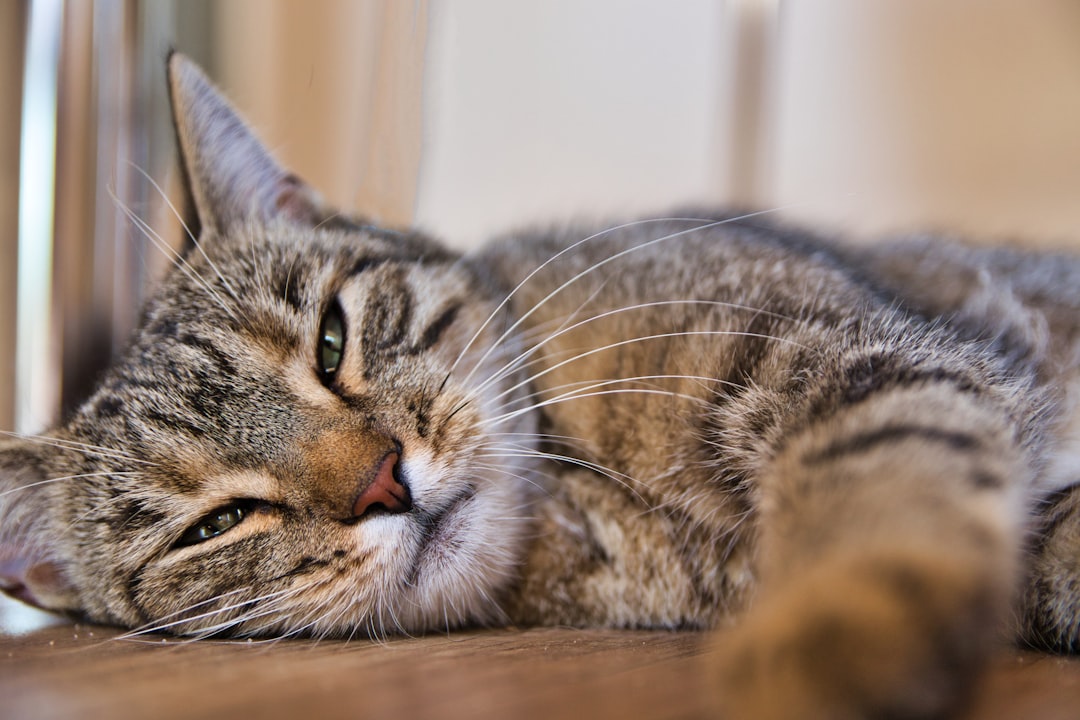
A cat nearing the end of life often appears too tired to move. They may stop walking, struggle to reach their litter box or food bowl, and sleep more than usual. What once required little effort now seems monumental to them.
You might notice they no longer jump onto their favorite perch or struggle to climb stairs they once bounded up effortlessly. Cats sleep a lot in general, but if a cat is rarely awake, it could be a sign that the end is near. A cat sleeping is not an unusual sight, and they can indeed snooze for around 12 to 18 hours a day! However, in the last days of life, your cat might show extreme weakness and lethargy.
Their movements become deliberate and slow, as if every step requires careful consideration. They might rest more frequently between short walks, or simply remain in one spot for hours. This isn’t laziness but conservation of precious energy for the most essential functions.
Seeking Unusual Amounts of Affection or Complete Withdrawal
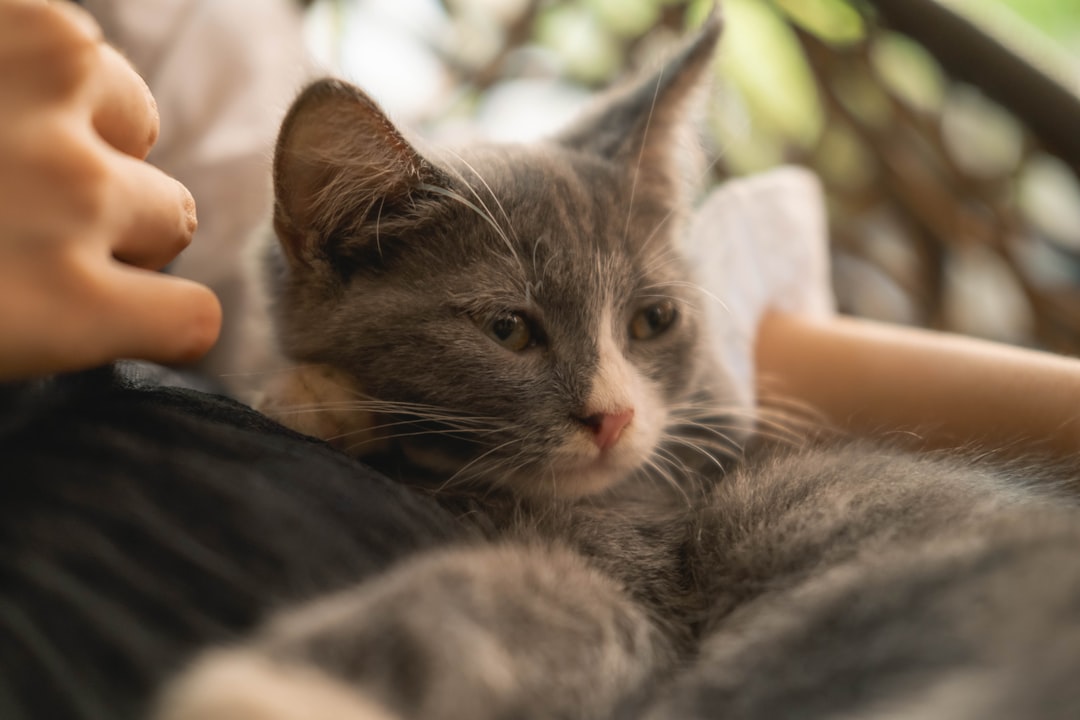
Some cats become unexpectedly clingy in their final days, seeking constant physical contact, often pressing against their human or other pets. They might follow you more closely than usual or want to be held when they previously preferred independence. This sudden neediness can feel both touching and concerning.
Conversely, other cats become completely withdrawn. Some cats will become more withdrawn, irritated, and grumpy (which might be caused by pain or cognitive dysfunction). Other cats become friendlier and needier, always wanting to be near you. Neither response is wrong; cats handle their final transition in deeply personal ways.
Those seeking comfort might purr weakly when petted, or simply rest their head against you in quiet gratitude. The withdrawn cats aren’t rejecting love but rather processing their experience internally, much like humans who need solitude during difficult times.
Changes in Grooming Habits
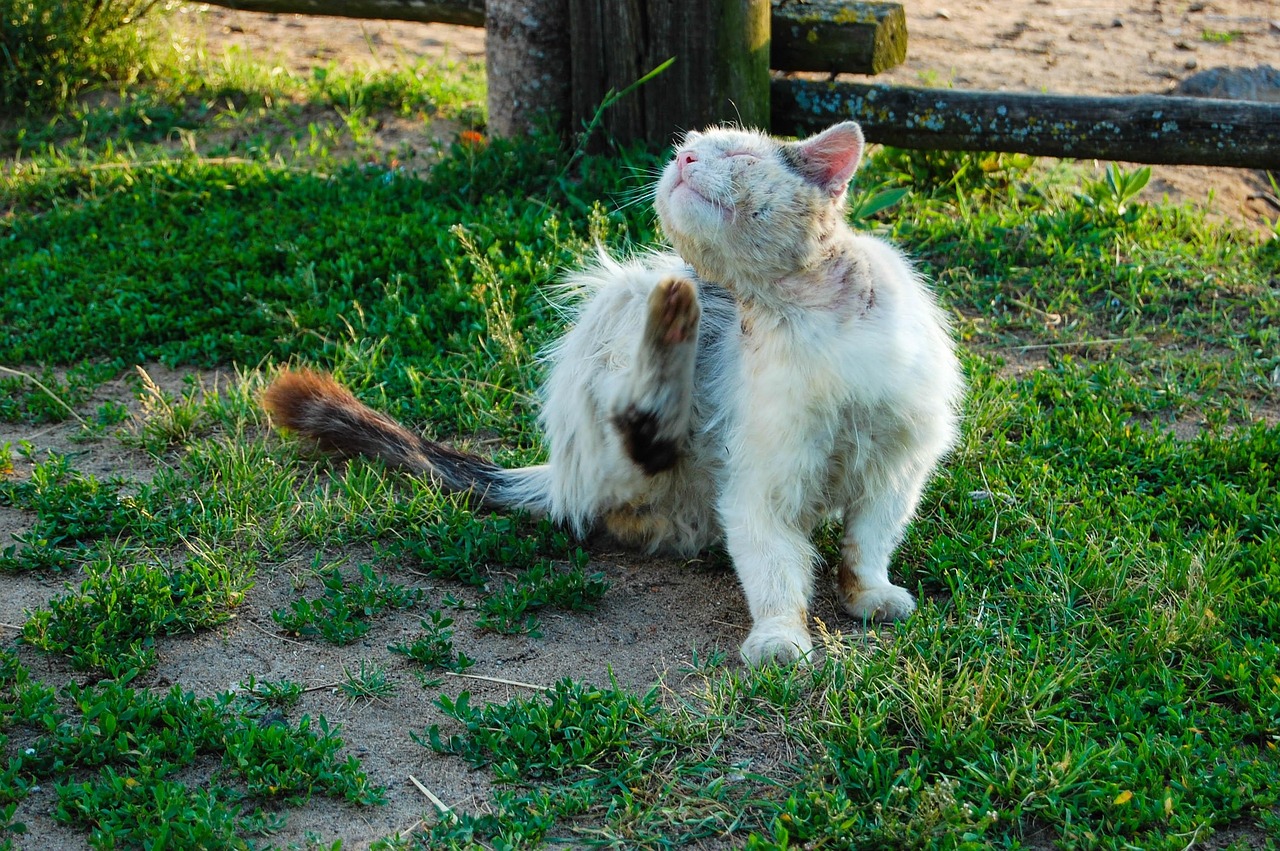
The skin microbiome of cats changes in the face of disease, causing dying cats to develop a matted or unkempt appearance as self-grooming decreases or stops entirely. A once-pristine cat might begin looking disheveled, with fur that seems dull or matted.
This decline in grooming isn’t vanity lost but energy conserved. Avoidance of grooming or a messy, unkempt coat becomes common as cats can no longer maintain their usual standards of cleanliness. What once brought them comfort and satisfaction now requires too much effort.
Their coat might also change texture, becoming softer or coarser depending on their condition. Sometimes you’ll notice areas they can no longer reach to clean, or spots where they’ve stopped trying altogether. This visible change can be one of the most obvious signs that something fundamental has shifted.
Difficulty with Litter Box Habits
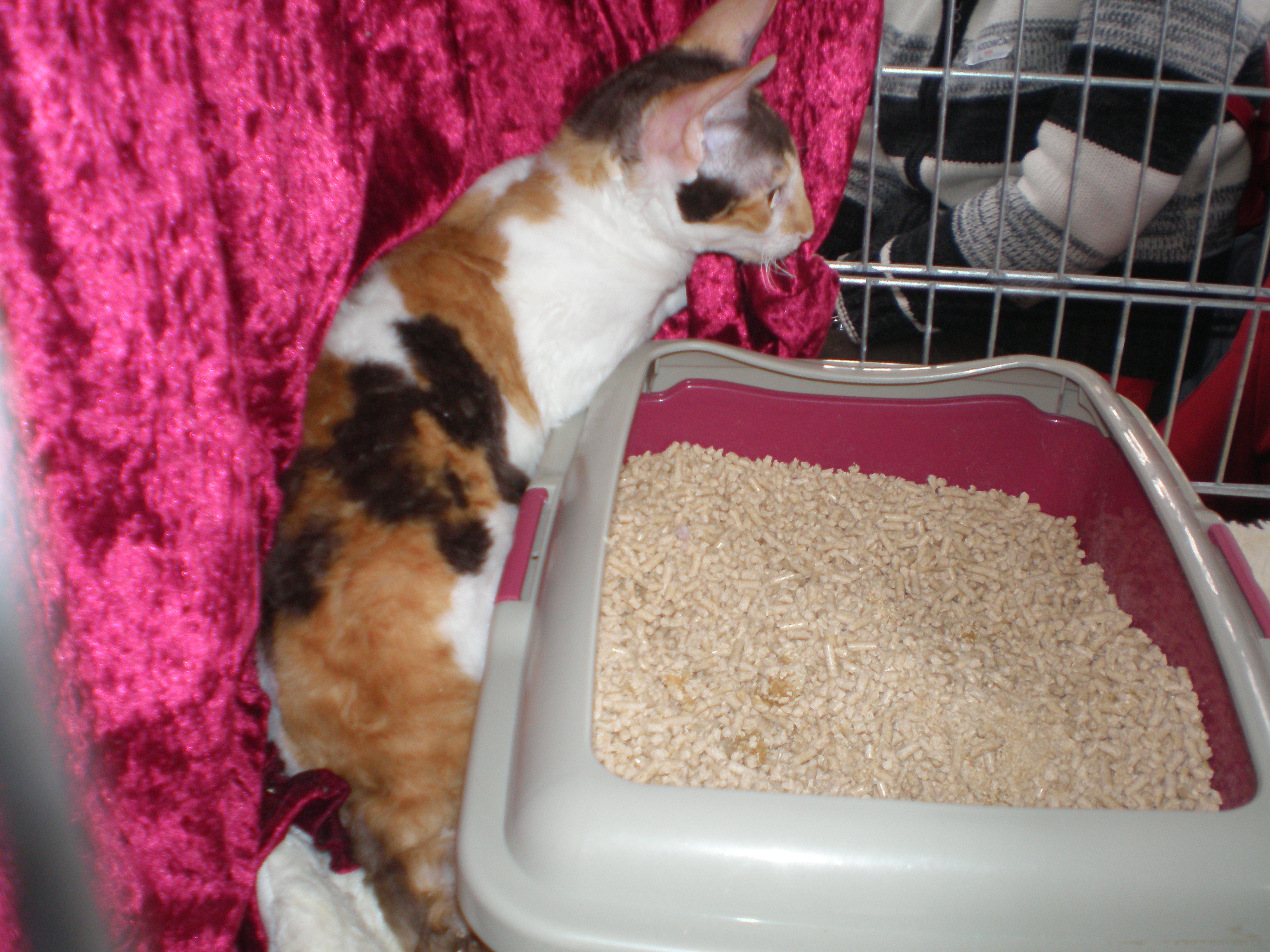
Having accidents outside the litter box or showing difficulty maintaining usual bathroom habits becomes increasingly common. This isn’t defiance or forgetting training, but genuine physical inability to maintain previous standards.
They might struggle to climb into the litter box, or simply lack the strength to move to it in time. Some cats will still make the effort but can’t quite manage the precision they once had. The shame in their eyes when accidents happen is heartbreaking, as they often understand they’ve failed to meet their own high standards.
Occasionally, you might find them sitting in or near the litter box without using it, as if the familiar location brings comfort even when the function has become difficult. These moments require our patience and understanding rather than frustration.
Temperature Regulation Problems

Senior cats increasingly have trouble regulating their body temperature, and will be more susceptible to heat and cold than healthy adult cats. Even when provided with a warm bed and environment, cats nearing death often have a low body temperature. You might notice them seeking sunny spots more desperately than usual, or conversely, avoiding their once-beloved warm places.
Their paws might feel unusually cool to the touch, and they may shiver even in comfortable room temperatures. Some cats will burrow deeper into blankets or seek out heating vents, while others become too warm and pant in moderate temperatures. In the hours or days before death, cats typically experience a significant decrease in body temperature, irregular breathing patterns and lower blood pressure.
This struggle with temperature control often prompts them to change their preferred sleeping spots. They might abandon their usual bed for unusual locations that offer better temperature comfort, confusing us until we understand they’re following their body’s changing needs.
Disinterest in Previously Beloved Activities
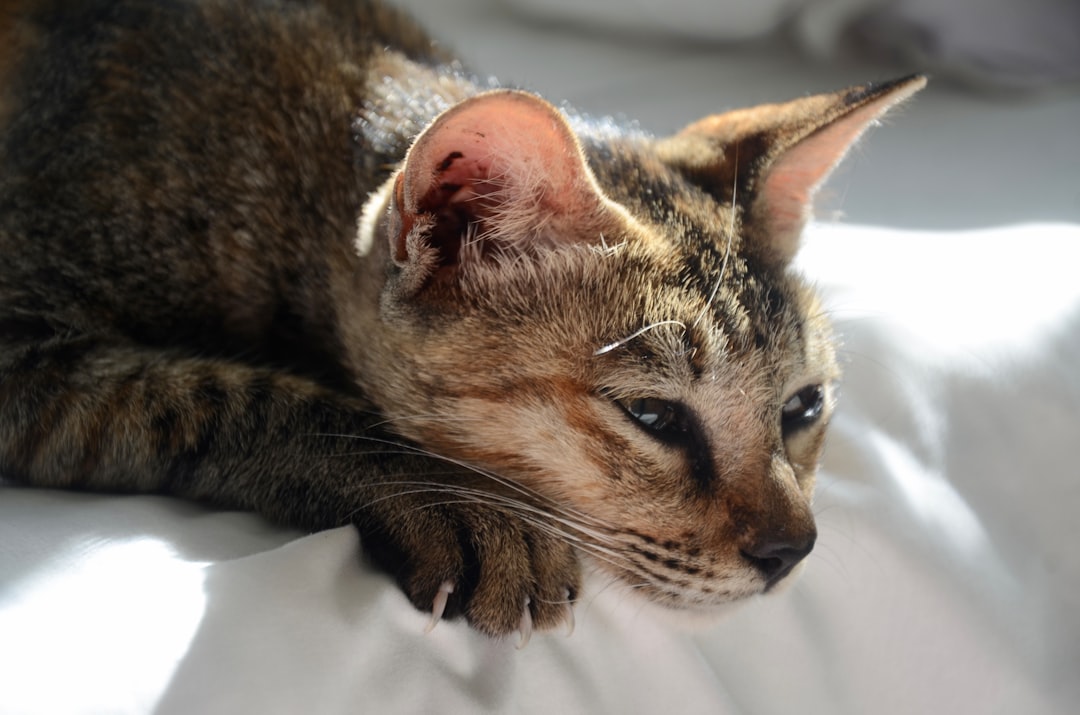
As your cat’s health deteriorates, she will lose interest in things she once enjoyed. She may no longer want to play with her toys, may turn her nose up at her favorite treats, and may even stop purring when petted. Disinterest in the world around her and a lack of joy for things she once loved are signs that your cat is ready to pass on.
Their favorite toy mouse might lie ignored on the floor, and the window they once watched for hours holds no appeal. Interactive games that previously excited them now barely register a glance. This withdrawal from joy is perhaps one of the most profound changes.
Your cat’s enthusiasm for things and activities she once enjoyed will wane as her health deteriorates. They may refuse to play with their toys, turn down favorite goodies, and even cease purring when rubbed. Your cat’s disinterest in the world around them, as well as their lack of excitement for activities they used to enjoy, are signals that they are ready to go. Yet sometimes, brief moments of their former self shine through, reminding us of who they’ve always been beneath the illness.
Restlessness and Confusion
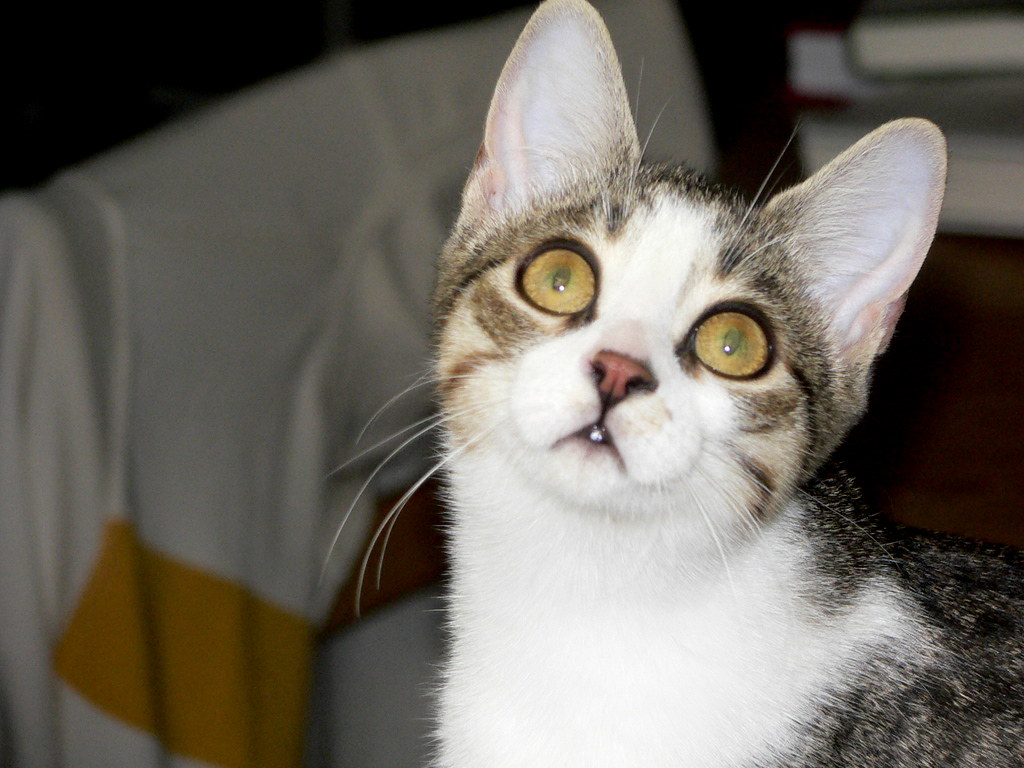
Senior cats and cats nearing the end of life might develop cognitive dysfunction much like human dementia. They may forget where they are and feel lost in their own home. This disorientation can manifest as wandering through familiar rooms as if seeing them for the first time.
They might walk into corners and seem unsure how they got there, or stand in doorways looking confused about their next move. Cognitive impairment in cats is comparable to dementia in humans. These cats may be louder and wander the house late at night. They may also appear perplexed or disoriented in familiar surroundings. Night wandering becomes common, as their internal clock shifts.
More frequent pacing or moving could indicate stress or anxiety, and they might seem unable to settle comfortably anywhere. This restlessness often alternates with periods of deep stillness, creating a rhythm of motion and rest that feels unfamiliar to both cat and owner.
A Final Moment of Connection
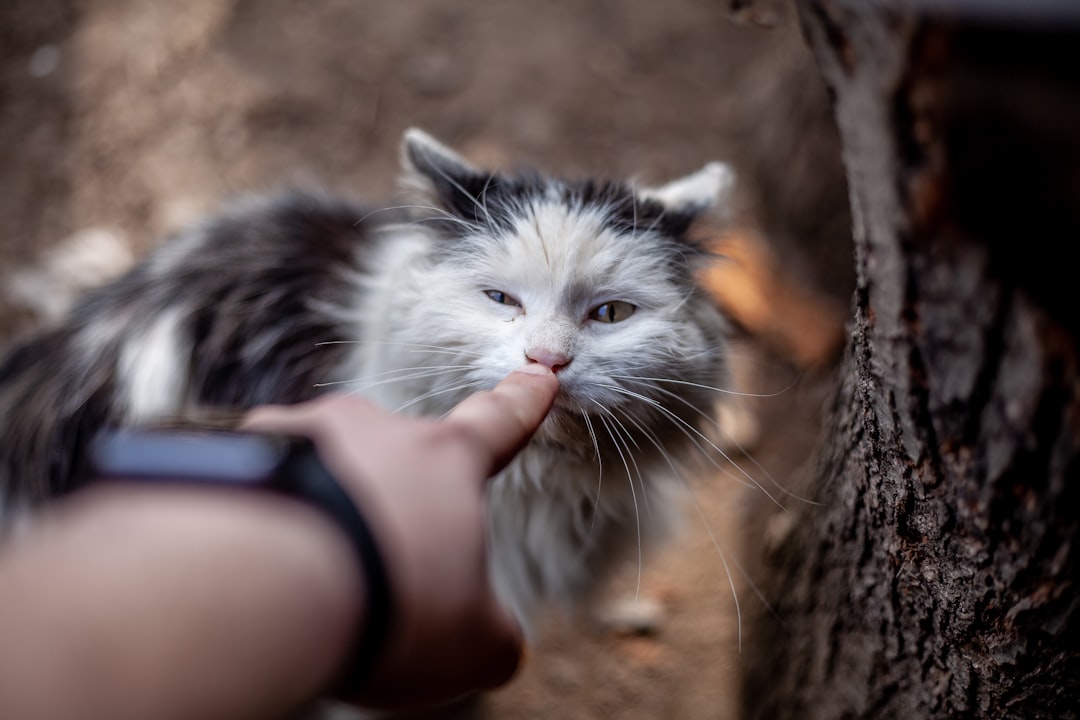
In their very last hours, many cats experience what can only be described as a moment of clarity or peace. They may also become very still or unresponsive to stimuli, but sometimes there’s a final look, a gentle purr, or a soft headbutt that feels like their personal goodbye.
Some cats will make eye contact one last time, as if acknowledging the journey you’ve shared together. Others might rest their paw on your hand or position themselves close enough to feel your presence. These final connections are precious gifts, moments when the veil between this world and the next seems thin.
Depending on the cat, their behavior right before they die will differ. Some will be more affectionate, sleeping next to you and wanting attention. Whereas others may run away, hide, or become anxious around people. Regardless of how they choose to spend these last moments, they’re often acutely aware of your love, even if they can’t respond in their usual ways.
When our cats begin showing these heartbreaking signs of goodbye, it’s natural to feel helpless and overwhelmed. Yet recognizing these behaviors allows us to respond with the compassion and understanding our beloved companions deserve. Whether they seek solitude or cling close, become vocal or fall silent, each cat’s way of saying goodbye is deeply personal and should be honored.
The rainbow bridge metaphor reminds us that this isn’t truly the end, but rather a transition to a place without pain or struggle. By understanding these final communications from our cats, we can ensure their last days are filled with dignity, comfort, and the love they’ve given us throughout their lives. What would you have guessed about these subtle ways our feline friends say their final farewells?





